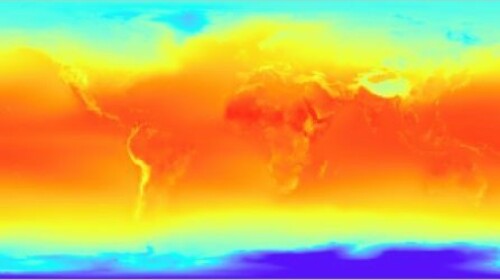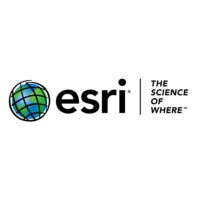The range of future climate change depends on the concentrations of greenhouse gases that will be emitted into the atmosphere over years and decades. Climate science organizations worldwide generate future climate models based on scenarios called representative concentration pathways (RCPs). There are four RCPs, each representing a different level of greenhouse gases being added to the earth's atmosphere.
First, you'll import, symbolize, and explore baseline (historical) climate data in ArcGIS Pro. Baseline climate data is important because future climate projections are presented as differences from baseline climate conditions. You'll use this baseline to evaluate several climate anomaly scenarios.
Offered by
Related

SDG: SDG 13, SDG 17, SDG 17: Systemic Issues
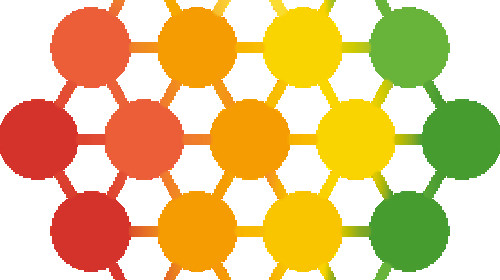
SDG: 2030 Agenda, Leave no one behind
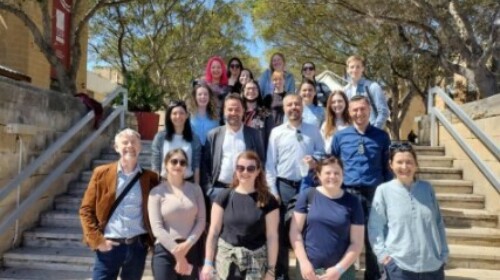
Developing data skills amongst non-specialists
Microlearning
Blog
Offered by:
Dr. Rachel Bennett (Senior Lecturer in Human Geography, University of Gloucestershire, UK)
SDG: SDG 17, SDG 17: Capacity-building, SDG 17: Systemic Issues
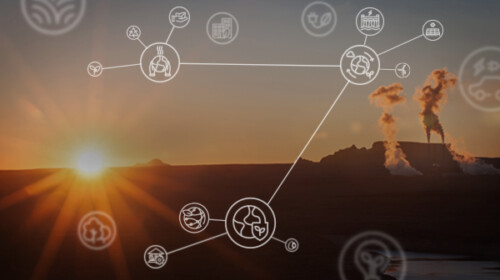
Macroeconomics of Climate Change: Mitigation Strategies
Course
Self-paced e-learning
Offered by:
IMF
SDG: SDG 8, SDG 13, SDG 17, SDG 17: Finance

SDG: SDG 13, SDG 15
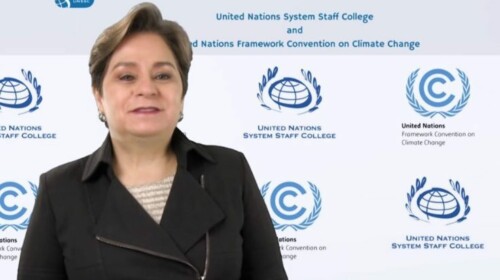
SDG: SDG 13

